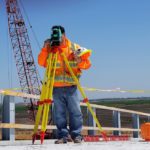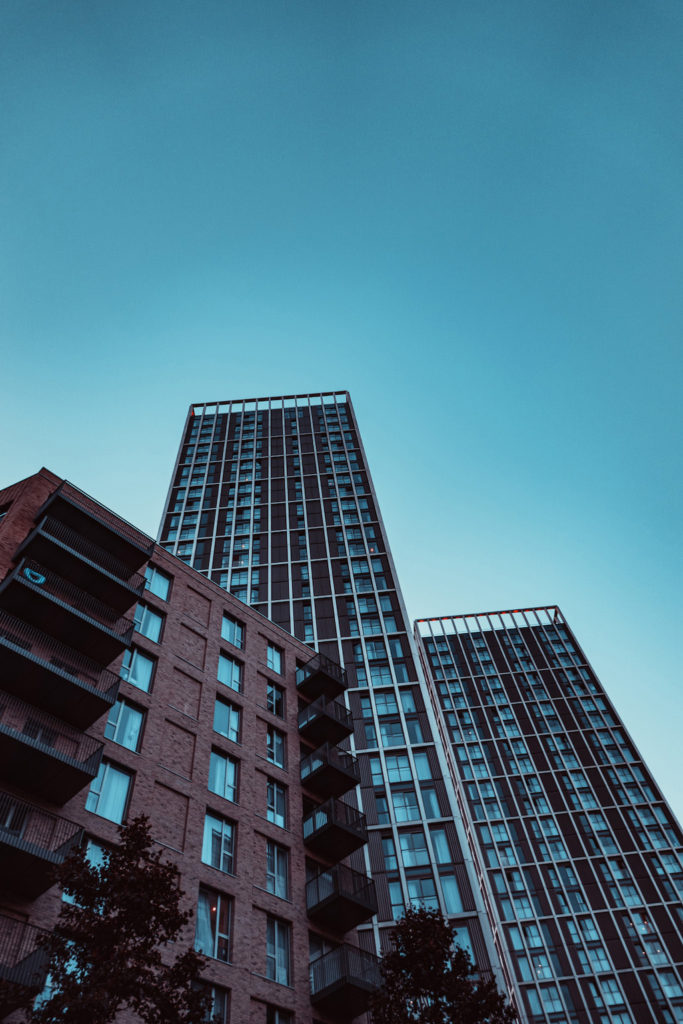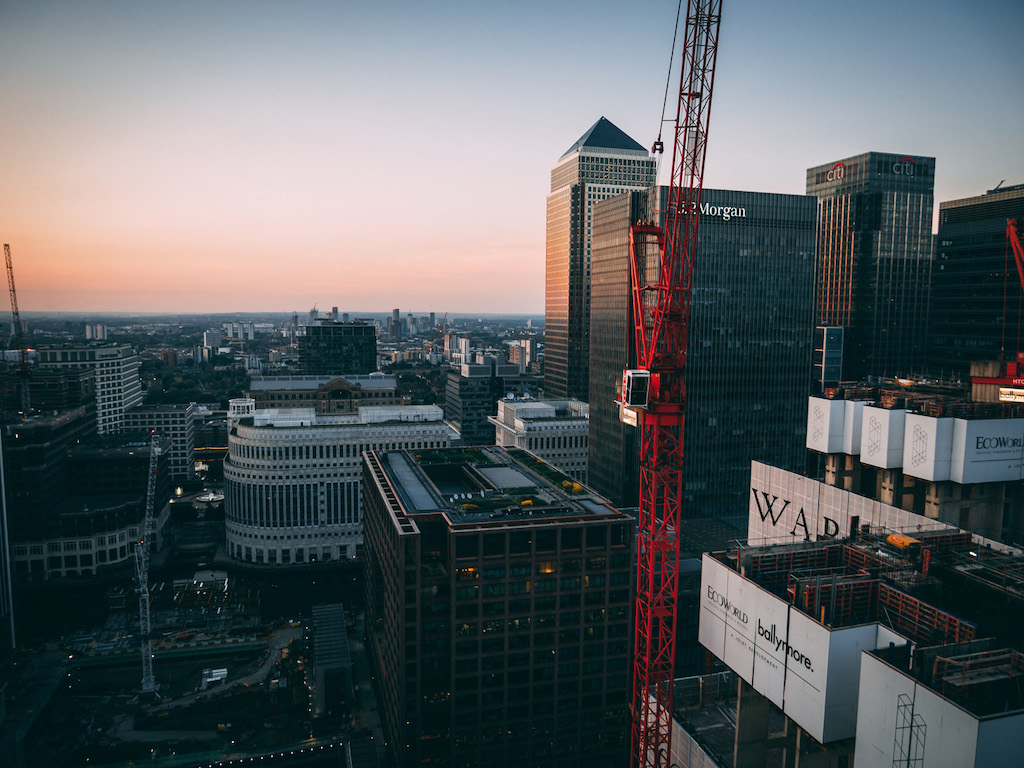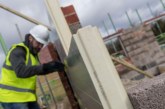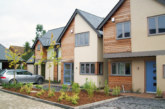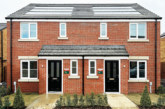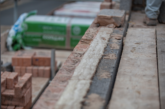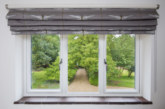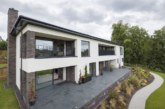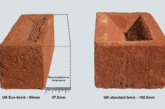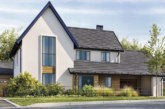Zutec offers advice to housebuilders on achieving Part L compliance, the requirement for photographic evidence to demonstrate new homes meet efficiency targets and the benefits of using a construction SaaS platform.
With new and updated Building Regulations being rolled out now and over the next few years to ensure safer, better performing and greener buildings, it’s a period of change and adaptability in the construction sector.
One such example of regulatory changes is the uplifted Part L (or Approved Document L), introduced in June, which is part of wider uplift to Building Regulation 40. Part L 2021 provides an interim improvement in energy efficiency for individual dwellings being built in England and Wales, in readiness for upcoming regulations such as the more rigorous Future Homes and Future Building Standard in 2025. This standard will complement existing Building Regulations and will be the turning point in which the UK Government is aiming to reduce carbon emissions in new homes by 75-80%. Part L is essentially future proofing homes for future regulatory requirements.
The requirement to capture photographic evidence to comply with Part L 2021 is mandatory. It is, therefore, absolutely essential that housebuilders, developers and contractors get to grips with what is required of them to meet new standards and comply with these regulations today. They also need to be a step ahead in terms of the adjustment period from Part L to the Future Homes Standard, how they make the process easy to achieve, how they produce and document evidence, and how they make this evidence easily accessible to everyone that needs to see it.
It can be a complex and cumbersome road to get there without the right tools and processes in place. However, it is down to housebuilders and developers to demonstrate that new-builds and refurbished dwellings are constructed using materials, methods and technology that meet standards and ensure energy savings to reach targets. Therefore, clear and consistent digital processes will be required to support this endeavour.
This might sound like a long journey for those involved, but one that is entirely achievable if the right steps are taken now.
Why photographic evidence?
With an implementation start date of 15th June 2022, Part L: Volumes 1 and 2 were officially published in December 2021, so housebuilder and developers could begin to prepare. As part of this preparation, housebuilders and developers will now be required to provide qualitative photographic evidence throughout the build stages that demonstrates that new homes meet the energy efficiency targets outlined above. However, changes will not apply in relation to building work where a building notice or an initial notice was given to, or full plans deposited with, a local authority before 15th June 2022—provided that the building work is started before 15th June 2023.
In order for SAP assessors to release EPCs (Energy Performance Certificates) and the new BREL Report (Building Regulation England Part L Report), housebuilders need this photographic evidence to prove work has been done and has been constructed correctly to meets standards.
Specific requirements for photographic evidence is outlined in Appendix B of Part L 2021, but in short, photos are required to be taken during construction and prior to production of the EPC and BREL output compliance report. These photos must be unique to each property and property detail and ensure the as-built construction truly reflects that of the design stage SAP calculation to demonstrate quality and installation is in accordance with best practice and the assumed performance.
Every photo taken and submitted to the assessor should be digital and high enough resolution to allow a qualitative audit of the subject detail. This means close ups may be required, geo-location enabled to show date, time and location of each image, and a file name to include plot number and reference according to the property detail so photos are traceable. Part L requires all photos to be taken at appropriate stages of construction when each detail is completed and prior to closing up works.
Why ConTech will be central to photographic evidence and more?
Technology will play a critical role in owning data. Alongside a schedule and checklist provided to all site managers, to ensure sufficient photographic evidence is collected and recorded. To neglect or omit these requirements can be costly and timely to the housebuilder or developer and may mean work has to be deconstructed and retrofitted. Non-compliance with the BREL report, which is required by the building control body for final work sign off, also means a property can’t be ‘completed’ until it meets standards. However, tech can be used for much, much more… it can digitise your wider quality management needs, alongside supporting compliance to Part L.
When it comes to Part L 2021, one go to tool or app throughout the build stage, that not only takes the mandatory photographic evidence needed, but allows users to manage and share that evidence too, will make the process for everyone involved far easier. As photos must be taken throughout the build lifecycle, processes and workflows can be put in place to ensure these photos are taken correctly in line with the programme, and can be traced back to a particular project, site location and dwelling, will be essential. Photos not only have to be taken of the detail, such as the insulation and installations themselves that will deliver this energy efficiency, but there is a requirement for that photo to be geo-referenced and easily accessible for SAP assessors to review and inspect… and this is where a digital quality management platform comes into play.
A construction SaaS platform such as Zutec, provides a common data environment to support the requirements outlined above. It can be integrated with a site quality management programme and is the perfect solution to take geo-located photos from any mobile device while on site, ensuring photos match the project and location. Photos and correlating data can be centrally recorded and accessible by all key stakeholders from the house builder to the owner, as well as SAP assessor as they inspect evidence on the road toward Part L 2021 compliance.
Quick to implement and simple to use, there is no need for a Wi-Fi connection with a platform like Zutec. Data can be collected on site and processed later, meaning one place where all photographic evidence and supporting documentation lives. Additionally, photos can be marked up and shared with team members and inspectors at any time, which means site managers can submit photos as they are captured, so evidence can be approved or sent back with feedback. If the work is not up to standard it can be remediated before the build completes. This speeds up the process, ahead of the EPC and the BREL report being released and avoids retrofitting new homes, which is timely and costly.
A solution such as Zutec, can be up and running quickly and provides additional benefits including improved team communications, assignment of tasks and the ability close and sign off installations. One tool for everything. As a completely configurable platform it can be used for other upcoming regulations, as well as any quality management and digital handover use cases — providing a single source of truth so that housebuilders can demonstrate they are using the most efficient products and materials to build safe and performing homes.
Taking the next step
For the construction industry, Part L 2021 is the first step towards greater quality assurance, traceability and accountability, in order to ensure the most efficient products and materials are used to close the gap between how energy-efficient buildings should be and how they perform in the real world. Unfortunately, what is required today is not always reality.
All in all, Part L 2021 changes will ensure housebuilders and developers meet higher standards as regulations get far more stringent and puts a greater emphasis on the housebuilder to provide digital evidence for the SAP calculation, as assessors work towards signing a BREL compliance report off. A digital platform is the most efficient and effective way to evidence compliance to this and other upcoming Building Regulations and means management can monitor how their teams are performing and delivering against this requirement.

